︎
The feed below is an ongoing series of posts that have been curated and collected as precedent to support the experimental and processes-based work presented on this site.
︎︎︎︎︎︎︎︎︎︎︎︎︎︎︎︎︎︎︎︎︎︎︎︎︎︎︎︎︎︎︎︎︎︎︎︎︎︎︎︎︎︎︎︎︎︎︎︎︎︎︎︎︎︎︎︎︎︎︎︎︎︎︎︎︎︎︎︎︎︎︎︎︎︎︎
Aesthetics and Harmony of Lines, Shapes and Systems
A system can loosely be defined as a set of individual parts that are interconnected through a shared attribute, structure or distinguished commonality. A system can be very predictable and pragmatic, such as the sun rising every 24 hours, or perhaps difficult to extract, such as the oceans currents affects on global weather patterns. Systems often depend on individual parts working holistically, such as the relationship between bees and pollination to bear fruit, if the bee is removed there is no fruit.
The world is full of micro/macro and tangible/immaterial systems that artists and designers often reference in work for inspiration or visualization. However, the work itself could also be its own inner logic based on the construction of parts to create a whole. The lines, shapes, colors and composition can create an aesthetic harmony that emerges into existence through a combination of one or more of the following methods; intuitive placement, algorithmic procedure, generative processes, and underlying grid structures. Without diving deep into each area, I will attempt to define what is meant by each distinct method.
Intuitive placement is a way of reacting to what is already present. It can be a systematic way to creative work by modifying, adding or subtracting to what visually exists. Although intuition can seem like guess work, its based on a highly refined instinctual decision making.
Algorithmic process is one that follows a set of rules or calculations that have been predetermined, or may emerge with the process itself. Although often associated with computer and mathematical work, algorithmic processes could also apply to hand-generated creations.
Generative processes, in my definition, involves the production and reproduction of elements (shapes, lines, images, etc). This too is often associated with a contemporary style and mode of art using code to create work. However, to expand upon the definition, it can apply to any digital or physical work that is created quickly and quasi-randomly by repeating a set of parts in slightly altered configurations. Using only a single circle, triangle and a square, 100’s of new images could be created.
Underlying grid structures denotes any work created with an ‘invisible’ (or sometimes visible) grid as a means to produce the work. Although a grid may seem limiting, the tightly defined structure may allow many distinct iterations of work to emerge while maintaining a veiled consistency.
When seeking precedent for artists and designers working in these combined modes of thinking and making, often times names like Joshua Davis, Casey Reas, Ben Fry, Yugo Nakamura, Nervous System, Peter Cho, John Maeda, and many others surface to the top. Although all of their work is very impressive, beautiful, and highly intellectual, for the purpose of this short essay I wanted to step away from these examples and look at a few other artists and sources. People that work in a similar and generative manner, with a focus on the harmony of form through unforeseen outcomes, but are less involved with code and programming as a primary means to create the work.


One such person is Emma Kunz. Born in 1892 in the German-speaking part of Switzerland (https://www.emma-kunz.com/en/emma-kunz/), she was self-proclaimed telepathic and natural healer and early generative artist. Emma created large-scale layered geometric drawings to express rhythm, shape, and measurement, to convey a sense of transformation and spirituality. Her systematic approach using underlying grids and intuitive processes created harmony between each of the graphical and abstract works. Although debatable, several sources, including Wikipedia have mentioned that the drive behind her work was due to her condition of ‘radiesthesia’.


Dom Sylvester Houédard, born 1924, was a Benedictine priest, theologian, and credited as the pioneer of concrete poetry (https://en.wikipedia.org/wiki/Sylvester_Hou%C3%A9dard) (NYTimes, The Eccentric Monk and His Typewriter. https://nyti.ms/2sA9XKk). Houédard’s concrete poems created on an Olivetti Lettera 22 typewriter, are beautifully strange abstract landscapes made through repetition of letters that attempt to float freely on the page, but yet still follow the underlying grid system forced by the typewriter. In the NYTimes article, it is mentioned that Houédard’s friend, Edwin Morgan, coined the word “typestract” to describe the abstract typographic explorations. Rick Poynor wrote a wonderful essay on Design Observer titled “Dom Sylvester Houédard’s Cosmic Typewriter” that can be found here (http://designobserver.com/feature/dom-sylvester-houedards-cosmic-typewriter/37577).



Jumping into the present, the contemporary artist Louise Despont (http://www.louisedespont.com/) creates complex, mesmerizing, layered compositions of geometric abstract form based on intuitive processes using old accounting ledgers as a grid structure to generate self-imposed and systematic decisions. Louise works in a highly controlled and meditative like approach (Louise Despont Draws Deep | ART21 "New York Close Up”) while looking toward autonomy, spirituality and architecture as inspirational points of departure. When the smaller drawings are carefully pieced together they form large surreal landscapes and graphical maps of imagination.
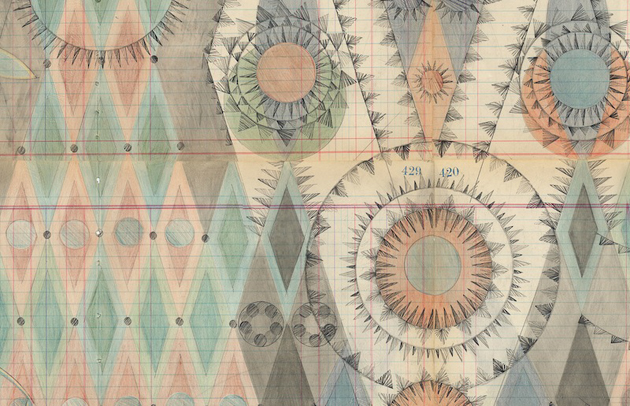


Another contemporary artists, Sigrid Calon, a Dutch designer and educator who has a background in textile design but has moved toward printmaking. Her work investigates experimental and systematic graphical languages using repetition of form based on embroidery patterns while pushing the limitation of the RISO printer and other print media. The work shifts between ‘fine art’ and ‘applied art’ while using graphic abstraction to spark imagination and examine ‘generative art’ through different modes of production. The work Sigrid creates relies heavily on the grid, and paraphrasing from an interview in Impose Magazine (http://www.imposemagazine.com/bytes/arts/sigrid-calon-interview) she views her work not as patterns, but as compositions that have a clear frame that is part of the image.
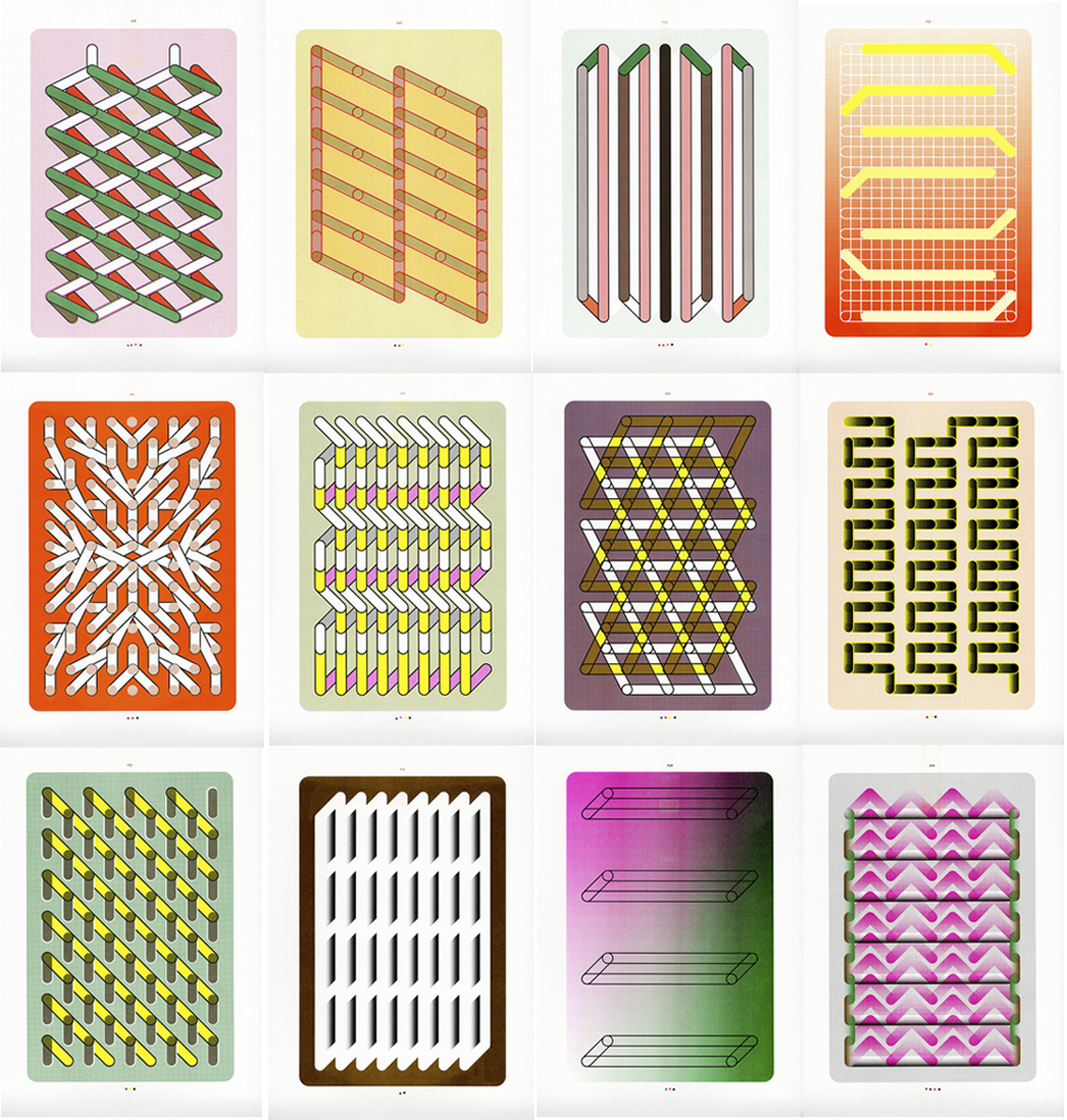

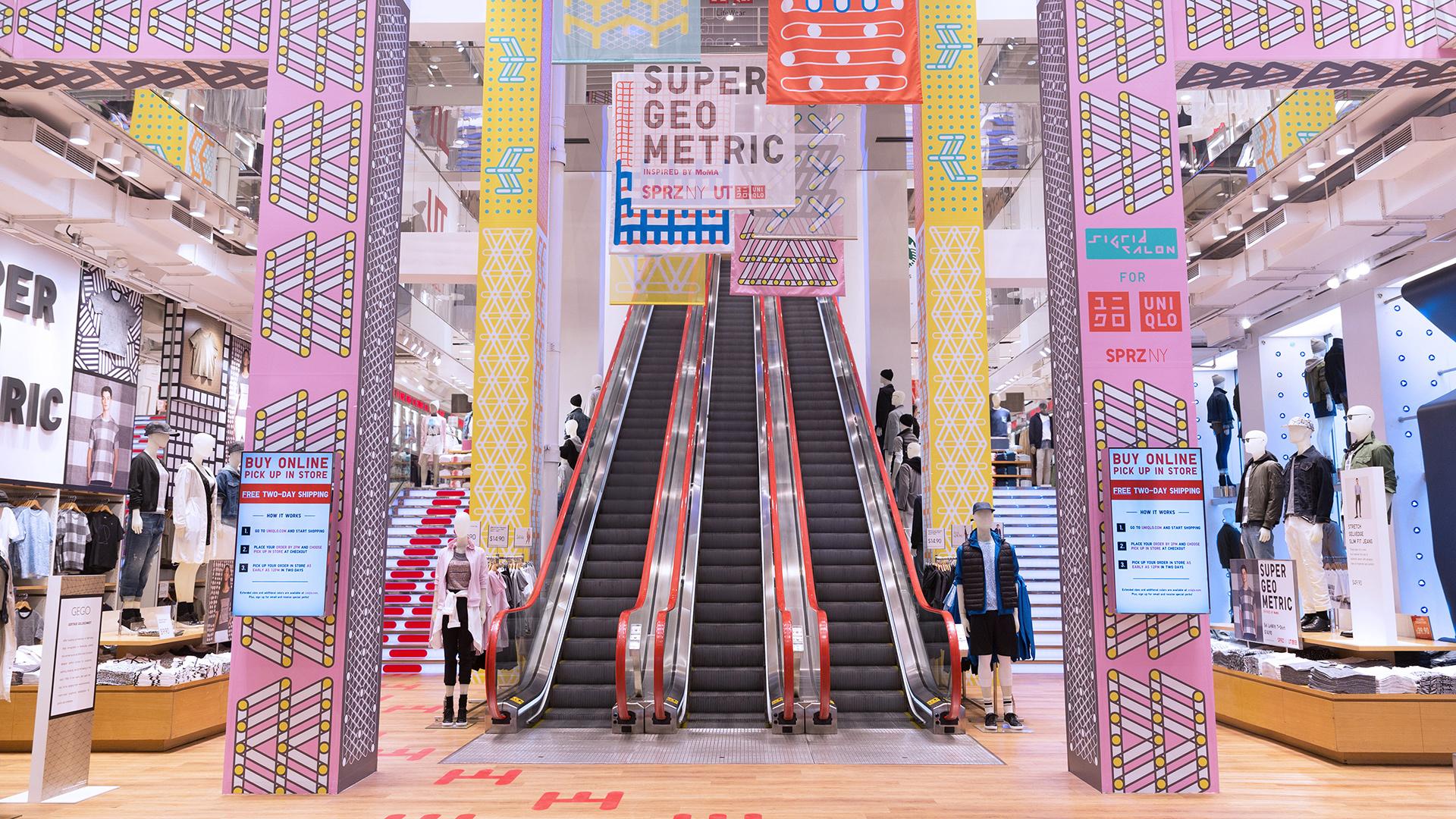
Shifting from people to cultures, and living and working in the Middle East, the influence of Islamic and Arabesque patterns and shapes is present in many aspects of computational and algorithm creative work, as well as being resource for systematic production. Because figure-based symbolization and representation was frowned upon many cultures around the Middle-East for religious reasons, overtime highly sophisticated visual languages emerged through basic shapes, patterns, and geometric elements (this is a very simplified explanation and could be expanded upon significantly). Islamic patterns combine iterations of circles and squares to form complex patterns and tessellations resulting in a variety of polygons, pentagons, octagons and rotated symmetries. Islamic geometric patterns are considered by many the foundation of algorithmic art.



Similar to, but different from Islamic patterns, Palestinian embroidery is generated purely by complex square structures that yield a variety of iterations. The simplified geometric shapes are not a ‘pattern’ by themselves, but a contained single element (usually an abstract symbol with embedded cultural meaning) that is part of a system of elements that can be combined to form complex patterns. In this way, Palestinian embroidery could be seen as giant library of symbols, a kit of parts, that can be carefully assembled in countless iterative ways. It should be noted, that many sources often imply that the patterns did not evolve from religious context, but purely cultural based on cross-cultural influence in the region (http://www.alhakaya.net/).
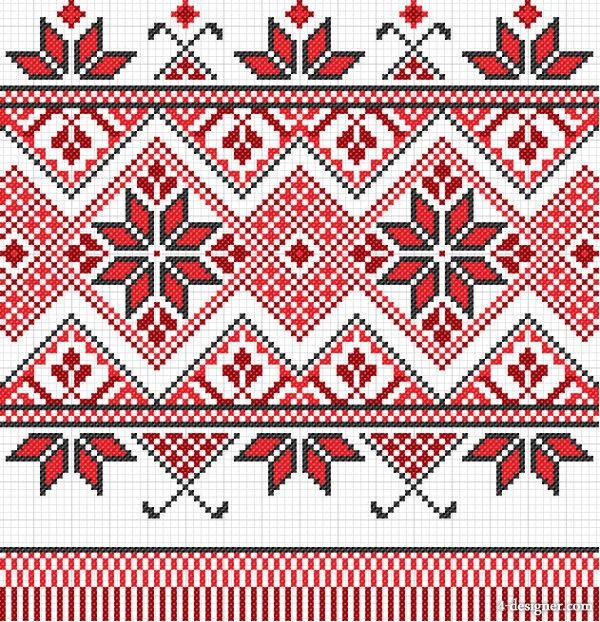

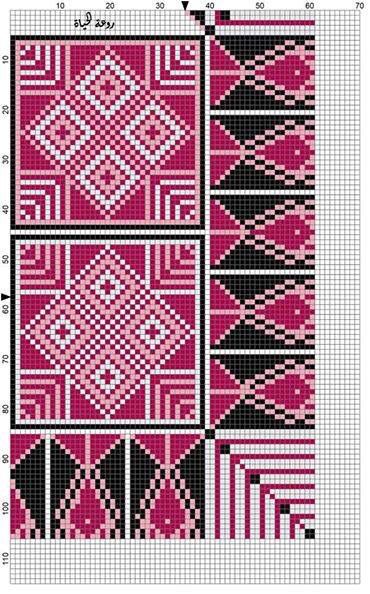
The topic of the ‘Aesthetics and Harmony of Lines, Shapes and Systems’ could be explored from several different angles with an expanded definition and more precedent. For the purpose of this brief research essay, I wanted to bridge distinctly different artists and modes of making, and shape a slightly different view of abstract visual language as it pertains to graphic image making and my own creative endeavors.
︎︎︎︎︎︎︎︎︎︎︎︎︎︎︎︎︎︎︎︎︎︎︎︎︎︎︎︎︎︎︎︎︎︎︎︎︎︎︎︎︎︎︎︎︎︎︎︎︎︎︎︎︎︎︎︎︎︎︎︎︎︎︎︎︎︎︎︎︎︎︎︎︎︎︎
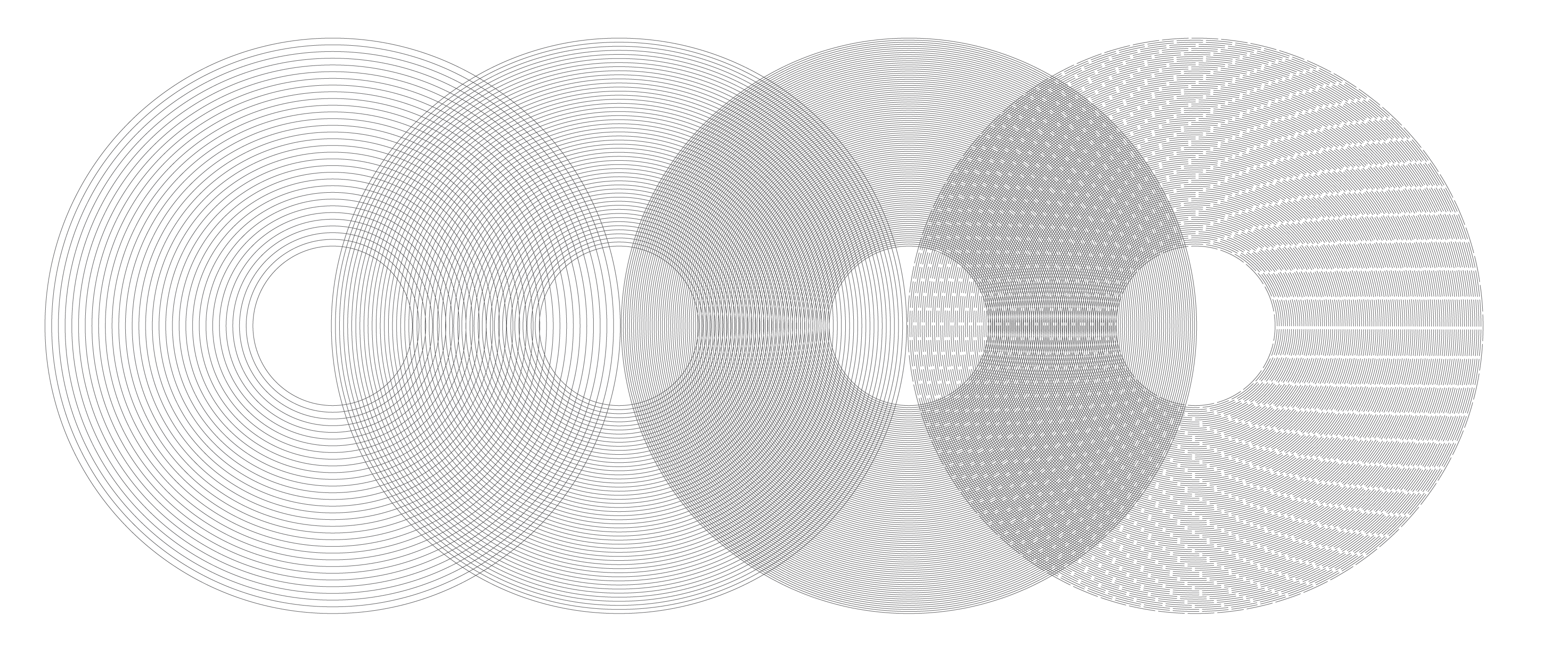
Moiré
Moiré is an interference pattern that appear as a visual phenomenon when two similar ruled-line patterns (in both line weight and gap space) are superimposed. The same can happen with dots, waves and other shapes. The interference pattern can happen both physically (printed materials) and digitally (screen based). In image processesing, Moiré patterns often appear when scanning images at a higher resolution than the image was printed. The tiny dots making the image, and difficult to see with the human eye, become visible ‘waves’ when scanned. Printed money intentionally uses moiré as a technique to combat counterfeiting. When money is scanned or digitally copied, the patterns appear.
Moiré patterns have been used by artists and designers for many years. A few people in particular have influenced the use of moiré in some of my experiments. The ledgendary Swiss poster designer Ralph Schraivogel focuses on formal experimentation, both digital and analog processes to create an optical graphical wonderland.


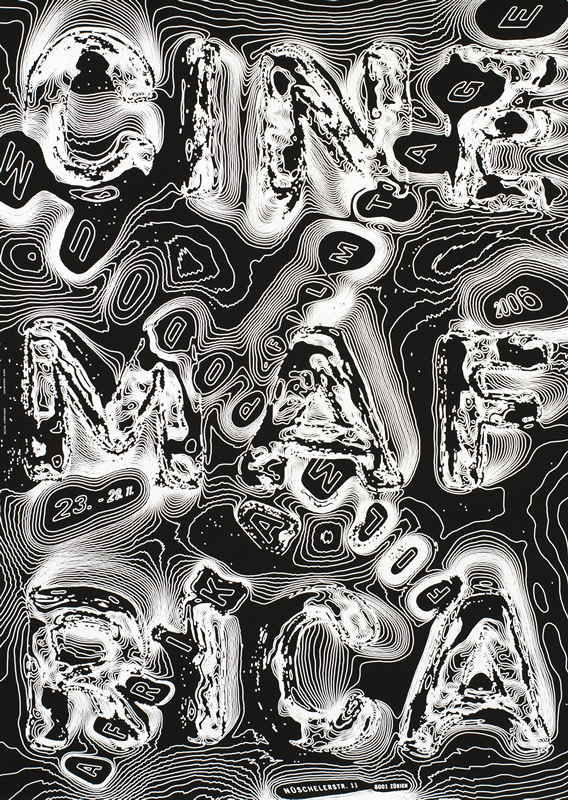
Anoka Faruqee, another artist of interest, is an associate professor or painting and prinkmaking at Yale. Her work focuses specifically on the phenomenological aspects of moiré patterns as a means to explore natural occurring patterns that are not always visible to the human eye.



Dutch designer Hansje van Halem uses interfernce and superimpositions to generate abstract patterns and typography in her work. She also explores various materials and printing methods that plays a role in how the pattern was created.



Gestalten published a book, Moiré Index, by Carsten Nicolai, that contains 100’s of moiré patterns that have been presented in a highly logical and formulaic manner. The book is an excellent source of inspiration and means to test ideas.

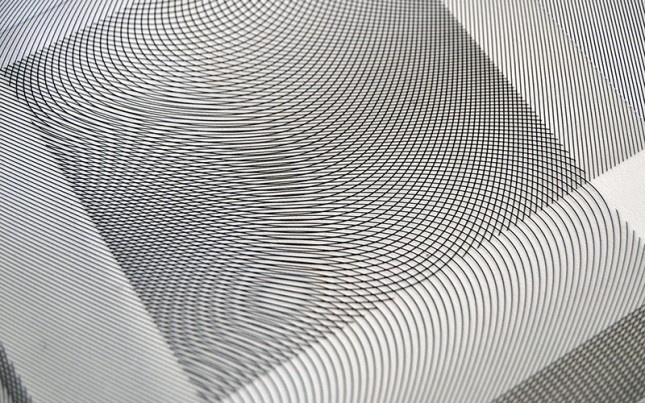
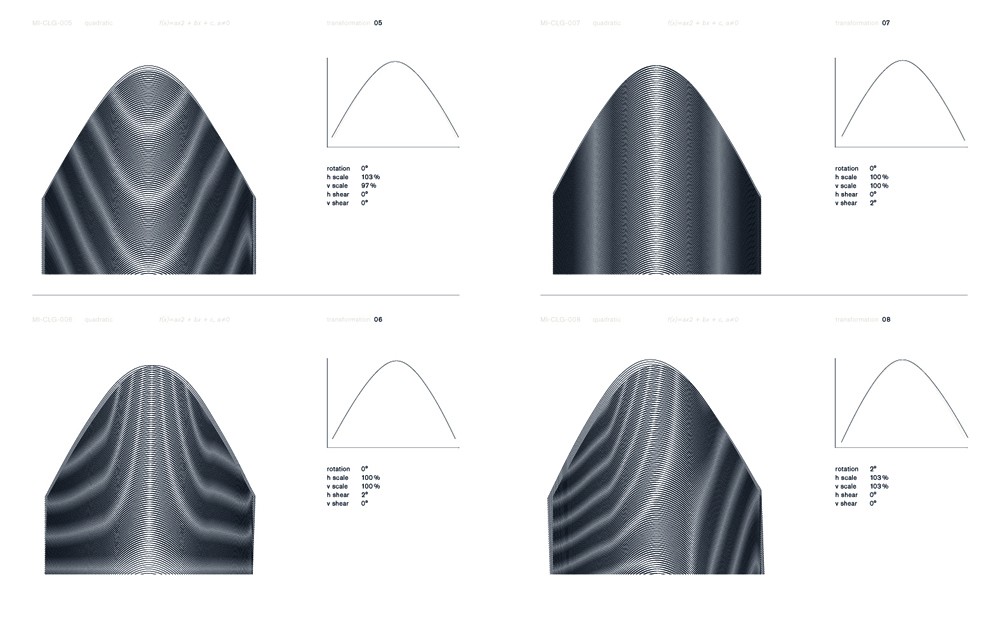
Image from the Gestalten site